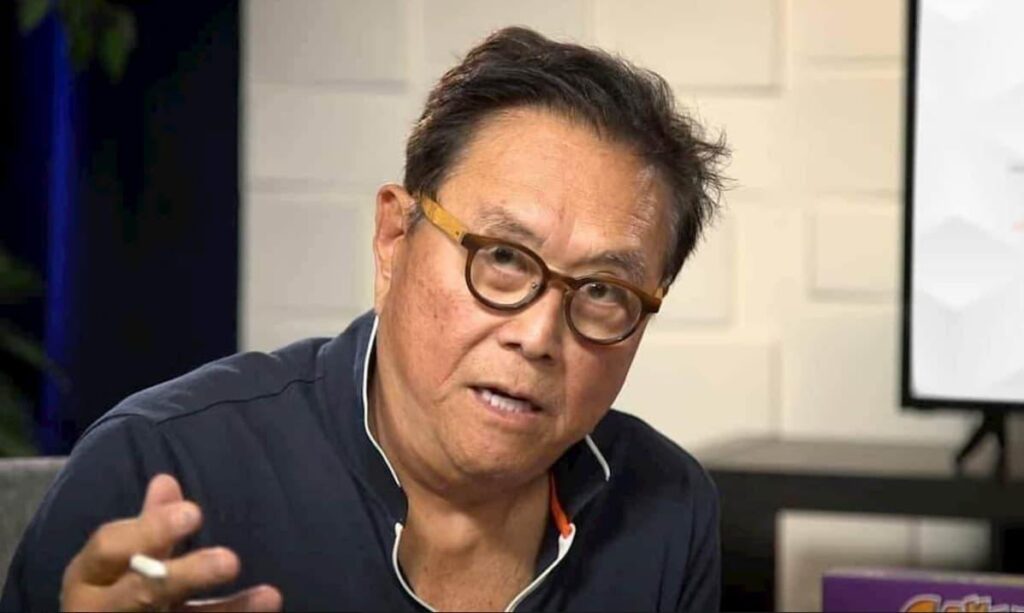In an era where financial stability seems continuously threatened by global uncertainties, renowned financial advisor and author Robert Kiyosaki stands as a beacon for those seeking guidance. Kiyosaki, famous for his best-seller “Rich Dad Poor Dad,” remains steadfast in his investment strategy, advocating assets that he believes are impervious to economic turmoil. As 2025 unfolded, with markets grappling with inflationary pressures and geopolitical challenges, Kiyosaki’s investment philosophy, rooted in traditional wisdom, continues to draw attention and deliver remarkable results.
To explore further into Kiyosaki’s insights and the performance of his preferred investment choices, we delve into the core aspects of his financial strategy and the outcomes it has generated in the first half of 2025.
R. Kiyosaki’s 2025 Investment Strategy and Portfolio Performance
An Overview of Kiyosaki’s Investment Strategy
Robert Kiyosaki is well-known for promoting investments in physical assets that offer a hedge against economic instability. His faith in two precious metals—gold and silver—and a leading cryptocurrency, Bitcoin, remains unshaken. These investments are seen as the backbone of a resilient portfolio, designed to withstand the devaluation of fiat currencies and the unpredictability of financial markets.
Performance of Kiyosaki’s Preferred Assets in 2025
Gold’s Impressive Rally
Gold has been a star performer in 2025. Starting the year at $2,351.13 per ounce, gold has seen a substantial increase, reaching $3,286 by the end of June. This impressive gain of over 40% is attributed to heightened institutional demand, a shift towards safe-haven assets, and weakening confidence in global fiat currencies. This asset’s historical reputation as a store of value has been reaffirmed in the current economic climate.
The Resilience of Bitcoin
For cryptocurrencies, Bitcoin remains Kiyosaki’s top pick. Having begun 2025 at $94,380, Bitcoin faced a spring dip below $80,000 but regrouped strongly to trade at $107,784 as of June 30. This represents an approximate 15% increase year-to-date. Despite its volatility, Bitcoin continues to gain traction as digital gold, complementing traditional portfolios with its potential for high returns.
Silver: The Quiet Achiever
Silver, often dubbed “poor man’s gold,” has quietly posted gains, reflecting its dual role as both an industrial metal and a precious asset. Opening 2025 at $29.86, it rose to $35.98 by mid-year, marking a nearly 25% appreciation. This increase is fueled by its industrial demand and traditional investment appeal in times of economic uncertainty.
Assessing the Overall Portfolio Performance
An investor who allocated $1,000 evenly across gold, silver, and Bitcoin at the start of the year would witness their portfolio grow to approximately $1,247 by mid-year. This represents a solid 24.7% return over six months, underscoring the strength of Kiyosaki’s chosen assets amidst a tumultuous global financial landscape.
In summary, Kiyosaki’s steadfast approach to investing in historically reliable assets appears validated in the current economic environment, offering a reassuring option for investors seeking stability.
Does Robert Kiyosaki still recommend investing in real estate?
While Kiyosaki focuses on gold, silver, and Bitcoin as crisis hedges, he also remains a strong advocate for real estate investment. He considers it a fundamental part of building financial wealth, leveraging its potential for generating passive income and capital growth.
Why is Bitcoin considered a safe haven?
Bitcoin is often regarded as a safe haven due to its decentralized nature, finite supply, and growing adoption as a digital store of value. These characteristics offer protection against inflation and currency devaluation, similar to traditional safe-haven assets like gold and silver.
Are Kiyosaki’s investment strategies suitable for everyone?
Kiyosaki’s strategies are based on his belief in hard assets to guard against economic downturns. While suitable for those looking for long-term stability, potential investors should conduct thorough research and consider their risk tolerance and financial goals before following his approach.

